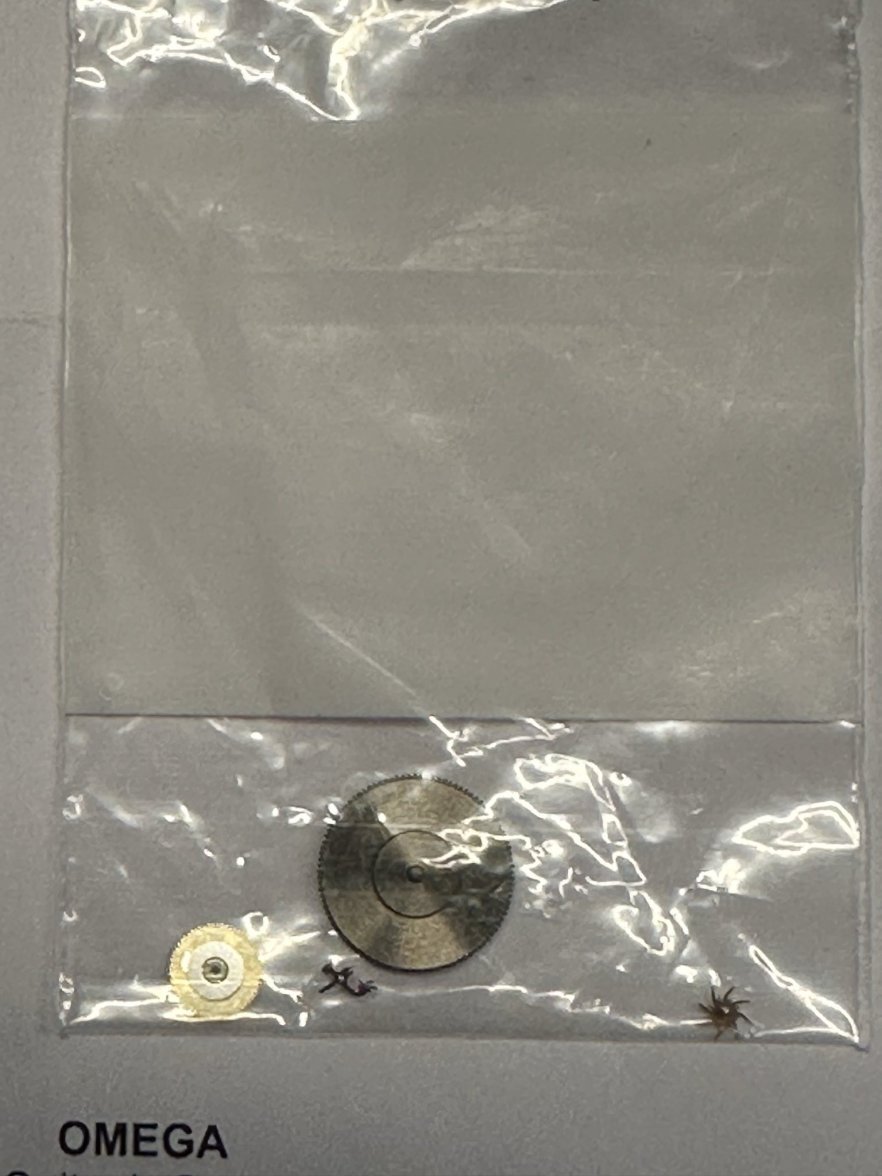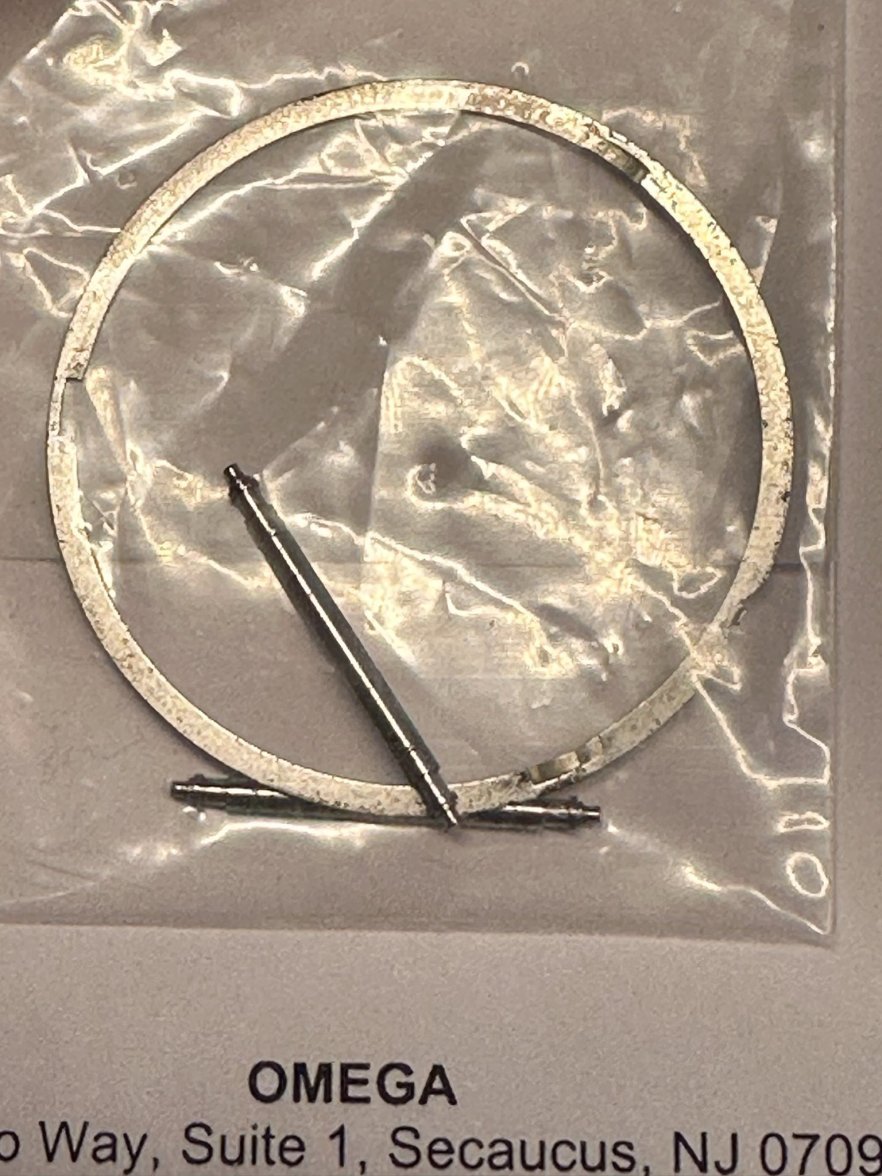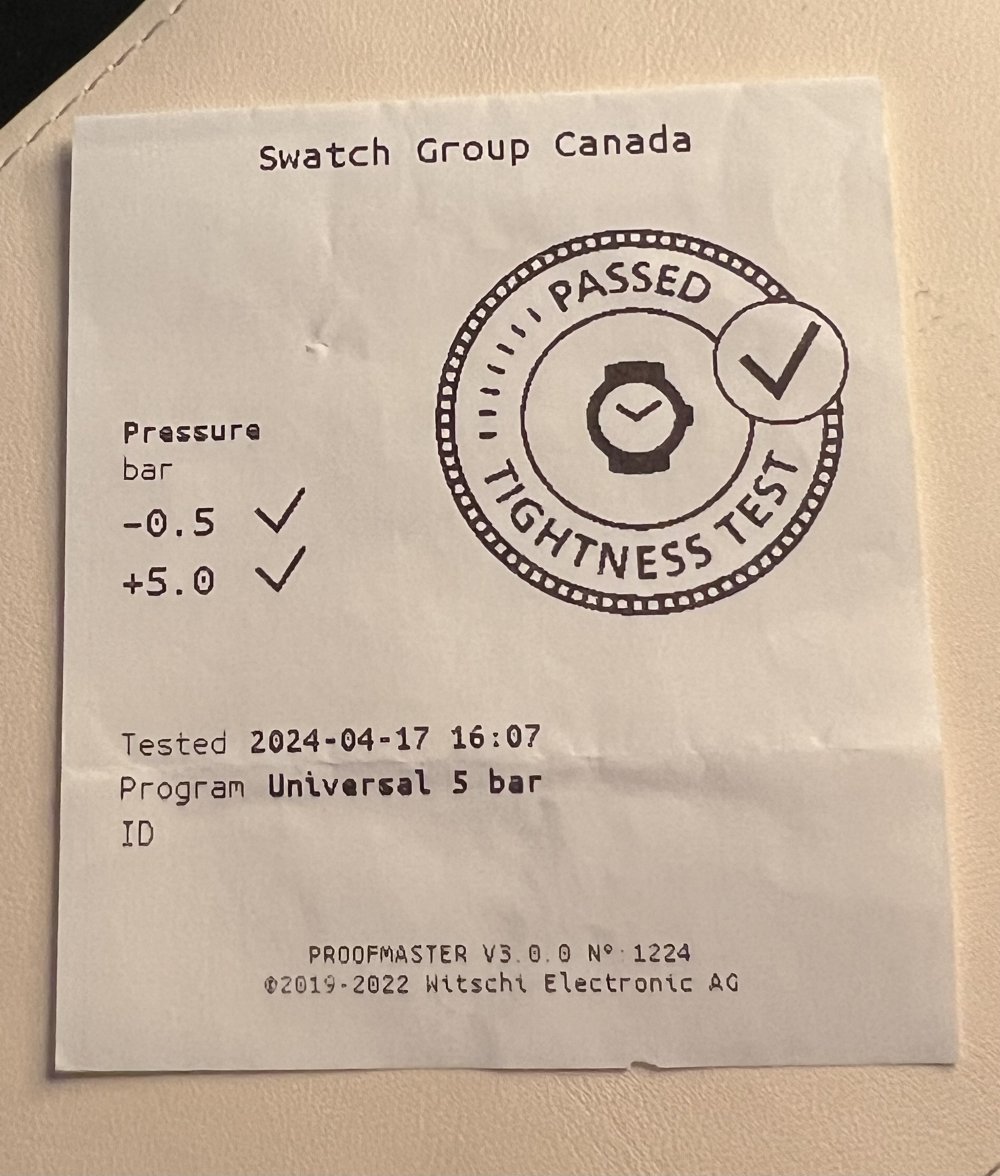_dcgc
·Hey all, long time lurker here, but since I have a question that I haven't been able to answer via searches, I figured it was time to make an account and say hi 
Anyway, I just received my Seamaster Diver 300m (the 2018 version, got mine in 2021) back from a warranty service. Nothing too crazy, just had slowed down a bit and my bezel was turning both ways. I sent it in to the Omega service center in New Jersey and got it back just under 7 weeks, and happy to report I think they did a great job.
Looking over the documentation that came back with the watch, I did notice one thing -- they seem to have only pressure tested the watch to 50m, while the watch is rated to 300m. Now of course I'm not even a diver, and I never plan to go anywhere near that deep, though I do wonder why they only tested it to 50m? Do they not have sufficient equipment there to run a 30 bar pressure test? Or is there another reason?
I did notice that they didn't return any gaskets with the rest of the worn out parts, so I assume they reused the gaskets?
Truthfully, I doubt it matters -- I do swim with it daily and it's not showing any signs of trouble in the few days it's been back, and of course it passed the negative pressure test and the 50m pressure test -- but I'm curious.
Sorry if this has been discussed before -- I did search, but I mostly found classic "is 50m water resistance enough to swim with my Speedy?" type results.

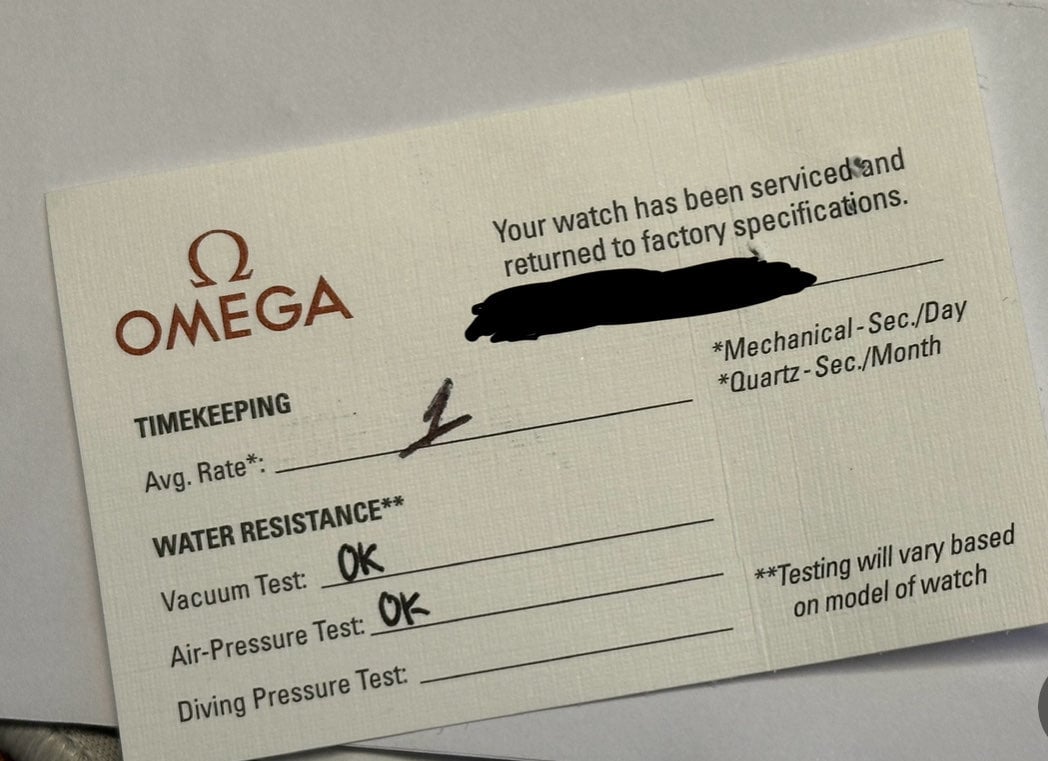
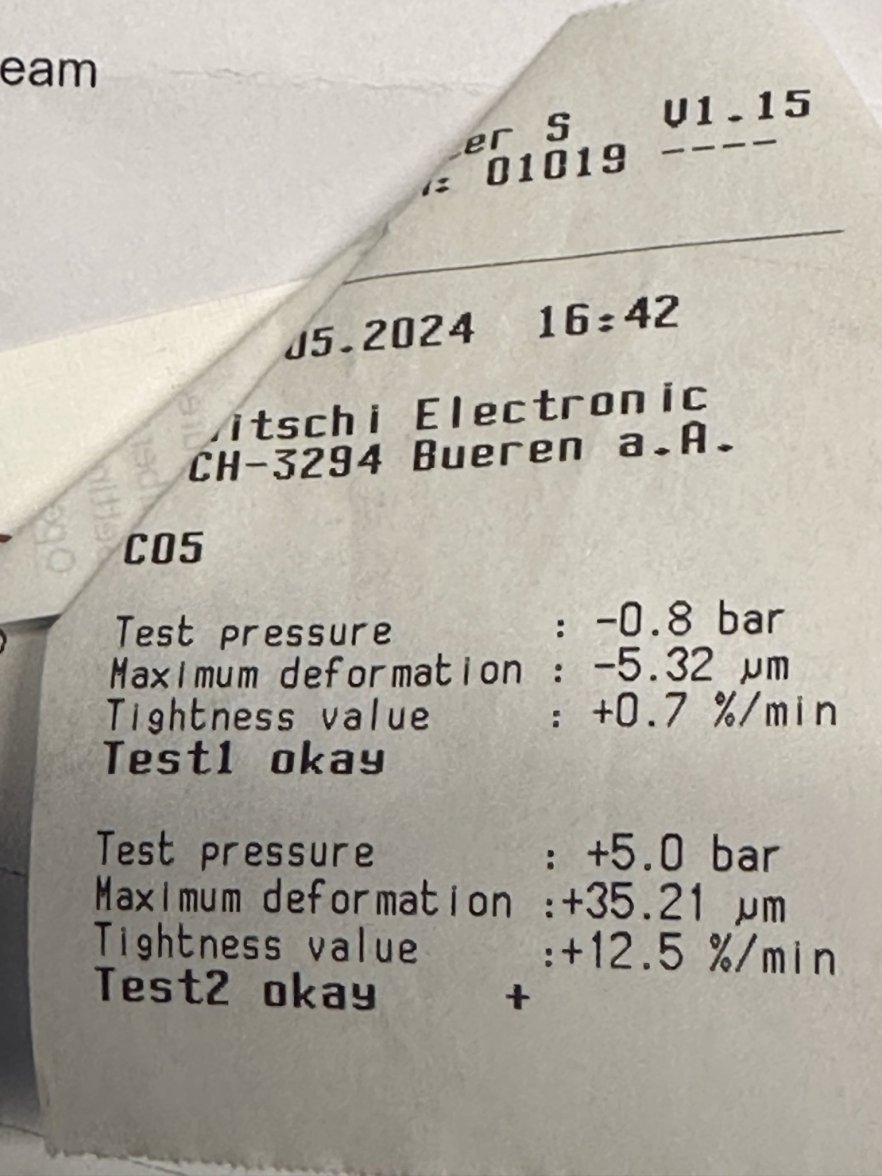

Anyway, I just received my Seamaster Diver 300m (the 2018 version, got mine in 2021) back from a warranty service. Nothing too crazy, just had slowed down a bit and my bezel was turning both ways. I sent it in to the Omega service center in New Jersey and got it back just under 7 weeks, and happy to report I think they did a great job.
Looking over the documentation that came back with the watch, I did notice one thing -- they seem to have only pressure tested the watch to 50m, while the watch is rated to 300m. Now of course I'm not even a diver, and I never plan to go anywhere near that deep, though I do wonder why they only tested it to 50m? Do they not have sufficient equipment there to run a 30 bar pressure test? Or is there another reason?
I did notice that they didn't return any gaskets with the rest of the worn out parts, so I assume they reused the gaskets?
Truthfully, I doubt it matters -- I do swim with it daily and it's not showing any signs of trouble in the few days it's been back, and of course it passed the negative pressure test and the 50m pressure test -- but I'm curious.
Sorry if this has been discussed before -- I did search, but I mostly found classic "is 50m water resistance enough to swim with my Speedy?" type results.




